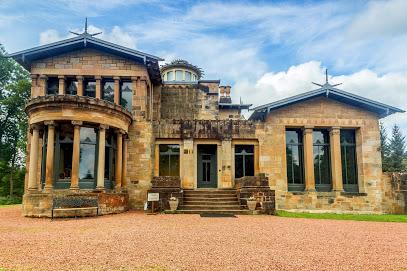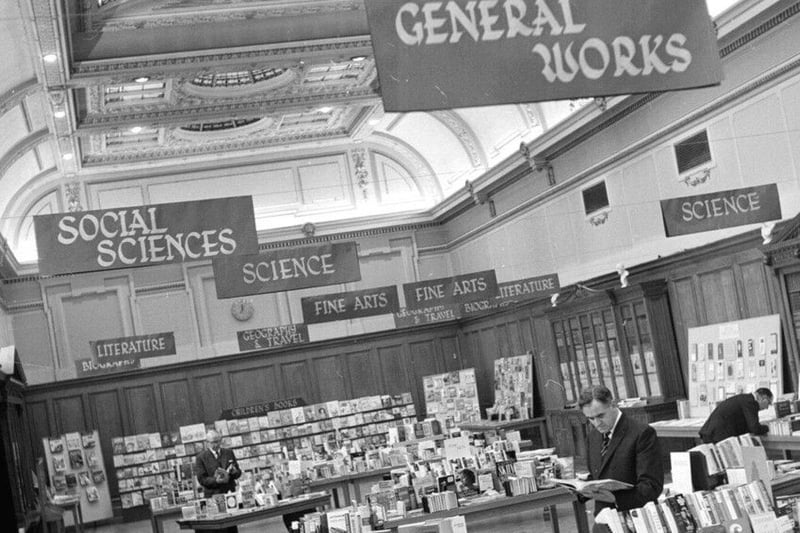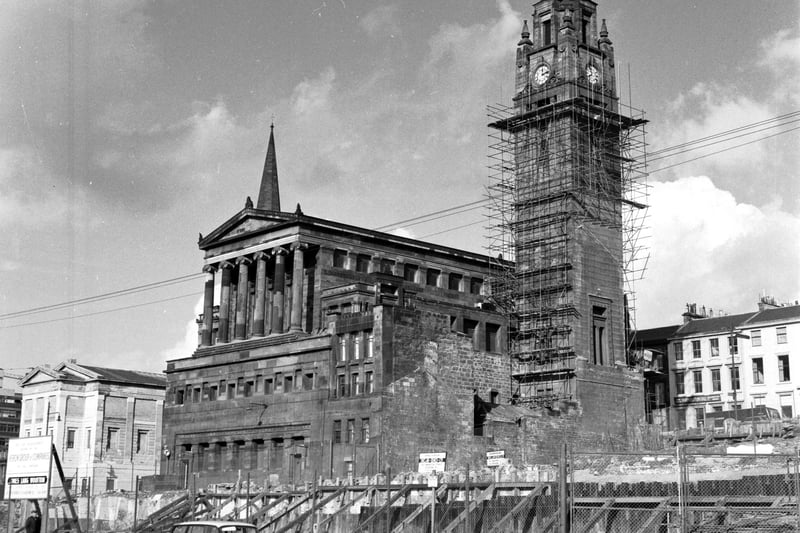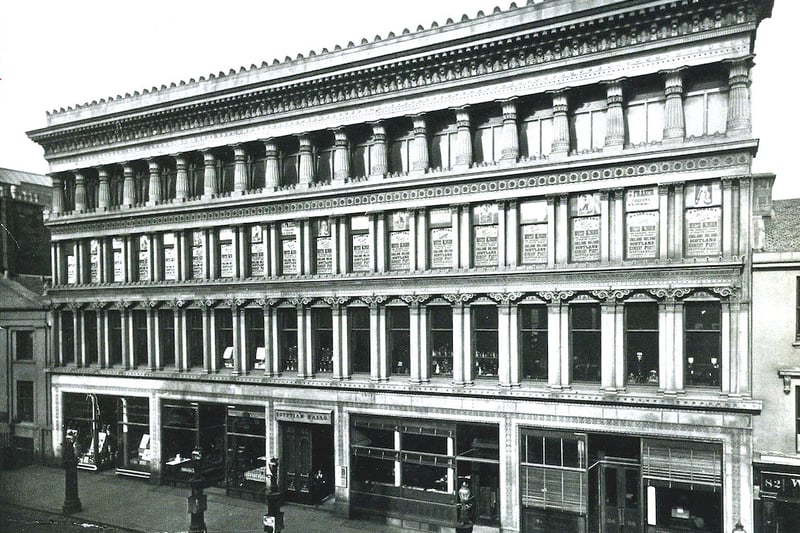During the Victorian era, Glasgow became the workhouse of the empire as the industrial revolution saw heavy industry such as shipbuilding introduced to the River Clyde.
It wasn’t just Glasgow’s massive output of industries for the British empire that would make the city rich however, merchants profited massively from the tobacco trade - facilated heavily by slaves working on the plantations in the Caribbean and Southern America.
This involvment in trade over the Atlantic made the city of Glasgow complicit in the plundering of Africa’s resources and people - thanks to the merchants contributions to the triangular trade in the form of tobacco, of which trade routes also saw ships containing slaves, weapons and other goods of the empire.
Even though the slave trade was abolished in 1807 - 30 years before the official start of the Victorian era - it was these long-standing riches built from hundreds of years of exploitation that built the Merchant City, and then allowed Victorian Glasgow to so quickly industrialise itself when the Industrial Revolution came along.
The Victorian era is linked to the 64 year reign of Queen Victoria, from 1837 to 1901.
While the buildings may be imposing and awe-inspiring, they too are emblematic of the exploitation rampant in Victorian Society. The labour for most of these buildings were done by exploited people too - such as Glasgow Central Station, which was heavily constructed by displaced Highlanders and Islanders who were forced from their lands and crofts by the British Empire for sheep grazing during the Highland Clearances.
It would be suspicously convenient for the standing government of the time that the cleared crofters could act as cheap labour for the industrial economy that was expanding faster than people could reproduce more workers for the factorys and the construction of the great Gothic monoliths.
Working and living conditions were incredibly harsh for the lower classes in Glasgow - the stark disparity between the upper and lower classes is no more visible than in the great and terrible buildings they created. Workers in Templeton’s Carpet Factory would arrive for a shift in a workplace resembling a Venetian Palace, and then go home to a crumbling over-crowded East-End tenement infested with vermin without a toilet or running water.
It’s the Victorian architecture of Glasgow that are the most stand-out buildings that define our city on the international stage.
John Betjeman, an English writer and broadcaster, was a staunch defender of Victorian architecture in Britain. Writing in ‘Pavement in the Sun’ in 1967, Jack House gave an account of Betjeman’s first impression of Glasgow.
House wrote:”The visitor (Betjeman) was so entranced by Victorian Glasgow. ‘The headquarters of the Victorian Society shouldn’t be in London,’ he said. ‘They should be here. This is the greatest Victorian city in the world.”
As shameful as the back-story may be to these buildings, many of them remain incredible additions to the city of Glasgow and it’s people, such as the People’s Palace, Kelvingrove, and Garnethill Synagogue.
Regardless of how we all feel about our Victorian heritage, the buildings certainly tell the history of a rapidly changing and evolving city.

1. Holmwood House (1857)
Designed by Alexander 'Greek' Thomson for paper magnate James Couper in 1857, Holmwood House in the Southside of Glasgow is one of the famous architects finest domestic creations. Enjoy exploring the house then wander around the attractive riverside grounds and Victorian kitchen garden. Photo: Google Maps

2. The Mitchell Libary (1877)
Mitchell Library! The Baroque book depository was established in 1877, and windows, columns and a splendid bronze domed roof with ornate detailing. The statue reaching up to the sky at the top of the Mitchell’s dome is called Literature, based on Minerva the Roman goddess of wisdom, a bronze statue by Thomas Clapperton. An extension building was created between the years of 1972 and 1980 - the majesty of the Mitchell Library is somewhat dulled by the construction of the M8 ring-road in the mid 60s - nonetheless the library remains accessible. Photo: Contributed

3. St Vincent Street Church (1859)
Saint Vincent Street Church is the sole survivor of three churches designed for the city of Glasgow by Alexander Thomson. The other three churches are now long-ruined - Queen’s Park Church was damaged during the blitz in WWII, Caledonia Road Church which fell to ruin, and the lesser-known Chalmers Memorial Free Church in the Gorbals which succumbed to a fire in the 70s. Thomson designed the St Vincent Street Church in an almost abstract form of classicism following Greek models. Photo: Gordon Rule

4. Egyptian Halls (1870-1872)
Another one of Alexander ‘Greek’ Thomson’s finest works, the Egyptian Halls. There’s an entire generation of Glaswegians who will have never seen the stunning facade on Union Street, as for the last 10 years its been covered in scaffolding as part of an indefinite conservation project. The design of the halls was a deliberately different from the common Gothic Revival architecture of the Victorian era, characterised by its reliance on arches and its historical connections with Roman Catholicism (Photograph by Thomas Annan, shown in the Europa Nostra)
